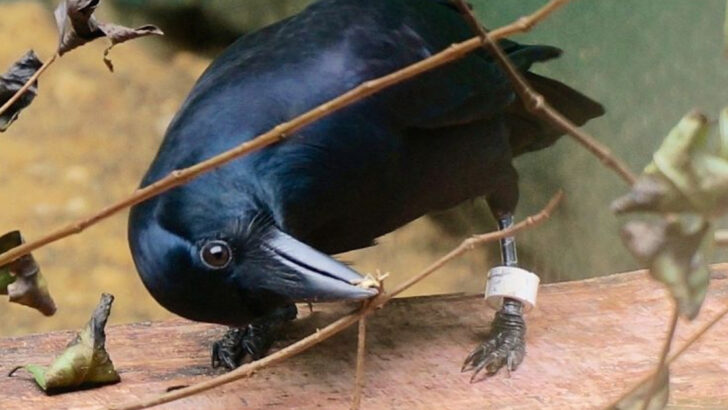Some animals could outwit your average kindergartener—while others keep falling for the same trap every single time.
We’re talking tool-users, escape artists, and furry strategists that can crack puzzles, open jars, and even plan ahead. These creatures don’t just survive in the wild—they outsmart it.
But not all wildlife comes equipped with a mental toolbox.
Some stumble, fumble, and repeat their mistakes with almost comical dedication. It’s like nature said, “You’ll be pretty, but brains? Not so much.”
From crafty crows to clueless turkeys, the brainpower divide in the animal kingdom is as wild as the jungle itself. Let’s see who’s playing 4D chess—and who’s still losing at tic-tac-toe.
Ready to meet the geniuses and the goofballs?
Chimpanzee

In the heart of Africa, chimpanzees exhibit a genius for tool use. Sticks become fishing rods for tasty termites. Their innovation doesn’t stop there; they modify tools for specific purposes, showcasing foresight and adaptability.
Socially complex, these primates learn through observation and imitation. Young chimps are often seen watching elders, absorbing techniques like absorbing sponges.
Did you know? Chimpanzees share 98% of their DNA with humans, underscoring their cognitive prowess. Their problem-solving abilities have been studied extensively, revealing insights into the roots of human intelligence.
Dolphin

Beneath the ocean waves, dolphins exhibit a clever trick known as “sponging.” Female dolphins use marine sponges as protective gear for their snouts while foraging on the seafloor. This unique behavior highlights their ingenuity and cultural learning.
Dolphins are also known for their exceptional communication skills, using a variety of clicks and whistles to convey complex information.
Fun fact: Dolphins have been observed teaching this sponging technique to their offspring, a rare example of cultural transmission in the animal kingdom.
Crows

Crows, often found in urban parks, are renowned for their problem-solving abilities. One fascinating display is their creation of tools from wire to extract food from containers.
These birds boast incredible memory and can solve puzzles that baffle other species. Their intelligence is often compared to that of primates, with studies showing they understand causality and analogical reasoning.
Intriguingly, crows can recognize individual human faces and remember them for years, proving their social intelligence is just as advanced as their technical skills.
Octopus
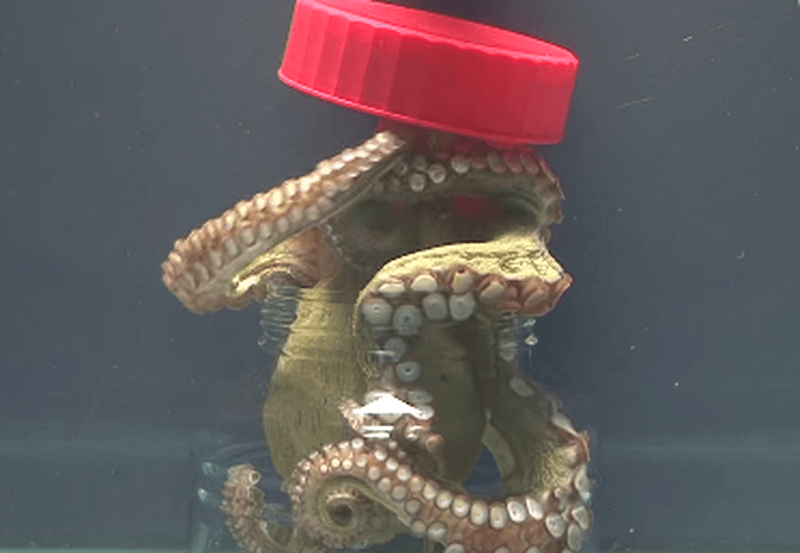
The octopus, a master of escape and disguise, astounds with its problem-solving prowess. Notorious for escaping tanks, this cephalopod can unscrew jar lids and navigate mazes with ease.
Their soft bodies allow them to squeeze through tiny openings, an essential escape skill. Octopuses also use coconut shells as portable shelters, showcasing their tool-using capabilities.
Did you know? An octopus’s brain-to-body ratio is impressively high, with neurons distributed throughout its arms, allowing independent movement and sensory perception.
Elephant
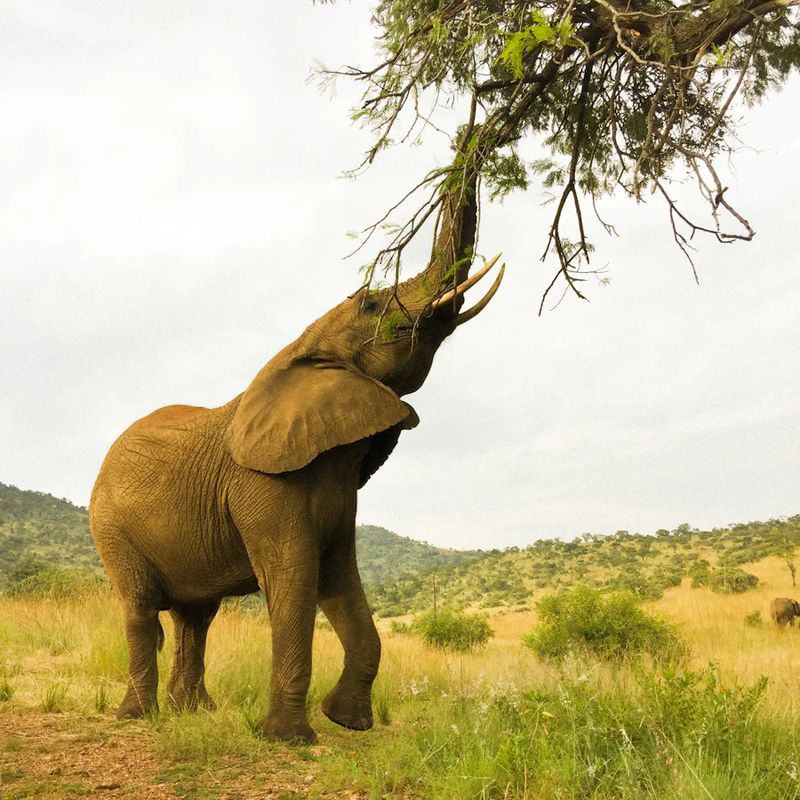
In the vast African savannah, elephants demonstrate intelligence and empathy. Known for using tree branches to swat flies, they exhibit tool use that matches their problem-solving skills.
Their communication is equally impressive: low-frequency rumbles travel great distances, coordinating herd movements. They remember watering holes and migration routes over vast landscapes.
Remarkably, elephants show signs of grief, mourning deceased herd members. This emotional depth, combined with their cognitive abilities, makes them one of the most intelligent animals on the planet.
Orangutan
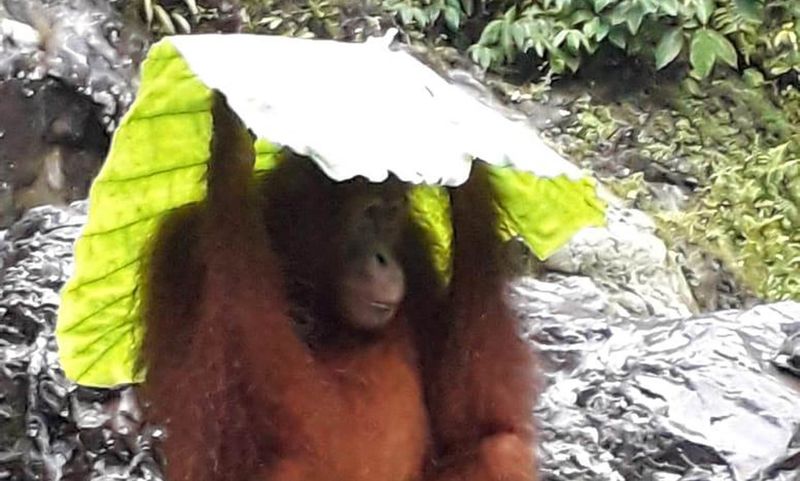
Deep in the Borneo rainforest, orangutans display remarkable ingenuity. They craft leaf umbrellas during rainstorms, showcasing their adaptability to environmental challenges.
These great apes are adept at using tools, from sticks to probe insect nests to leaves as mitts for handling prickly fruits. Their ability to learn and mimic human behavior is well-documented.
Fun fact: Orangutans share nearly 97% of their DNA with humans, underscoring their cognitive similarities and making them fascinating subjects of study for primatologists.
Raccoon
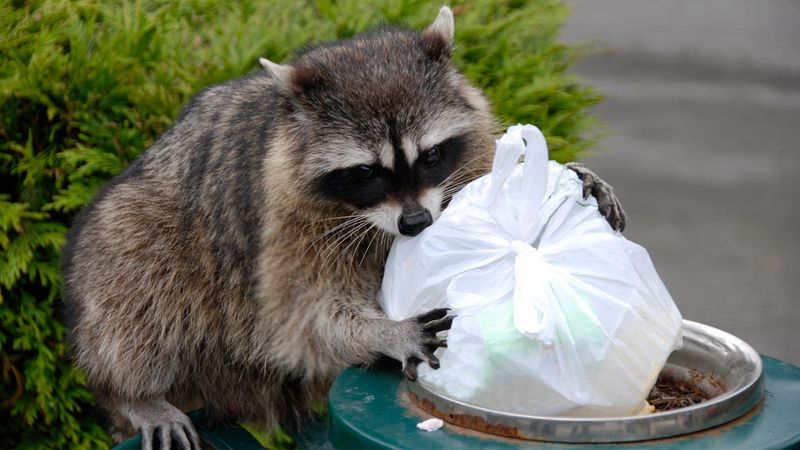
Raccoons, the nocturnal bandits of urban landscapes, are notorious for their dexterity and problem-solving skills. Known for opening complex latches and bins, they can navigate human environments with ease.
Their cleverness often lands them in trouble, as they tiptoe through backyards searching for food. Raccoons possess a keen sense of touch and can remember solutions to puzzles for years.
Interestingly, raccoons have hands with more sensory receptors than humans, which aids in their tactile exploration and manipulation of objects.
Parrots
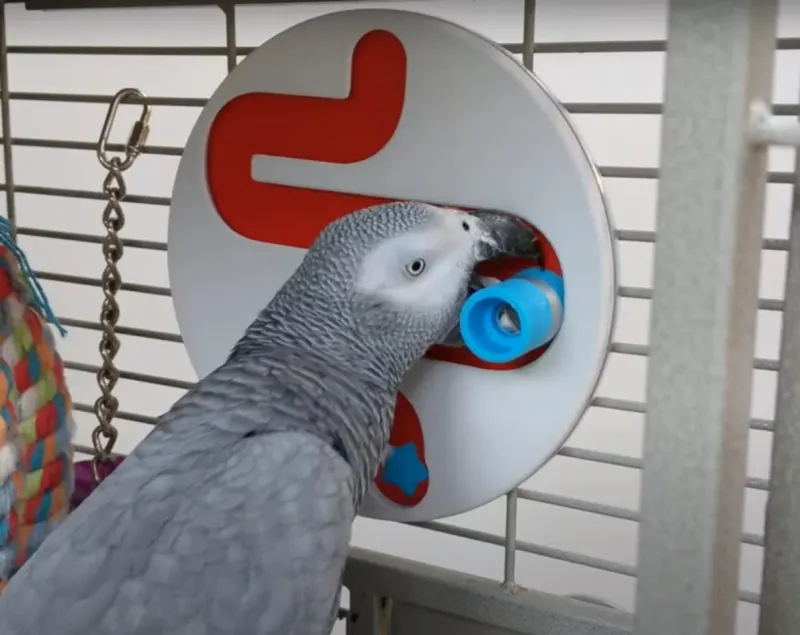
In the vibrant rainforests, parrots dazzle with their intelligence and mimicry skills. Some species can solve complex puzzles, unlocking cages to access treats.
These birds are famed for their ability to imitate human speech and learn new words with ease. Their social nature and strong memory make them exceptional communicators.
Did you know? Parrots have been observed using tools to crack nuts or scratch themselves, demonstrating their versatile problem-solving abilities.
Honey Badger
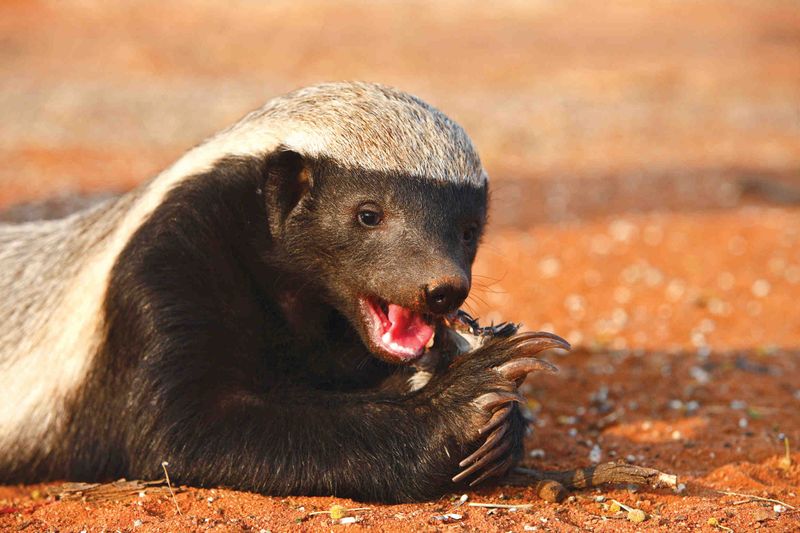
Fearless and determined, the honey badger is a creature of legend in the Kalahari Desert. Known for using sticks and rocks to dig out hidden beehives, it exemplifies persistence in problem-solving.
These animals can escape enclosures by figuring out latches and climbing, underscoring their cunning intelligence.
Fun fact: Despite their small size, honey badgers are known to take on predators much larger than themselves, relying on their wits and ferocity to survive.
Keas
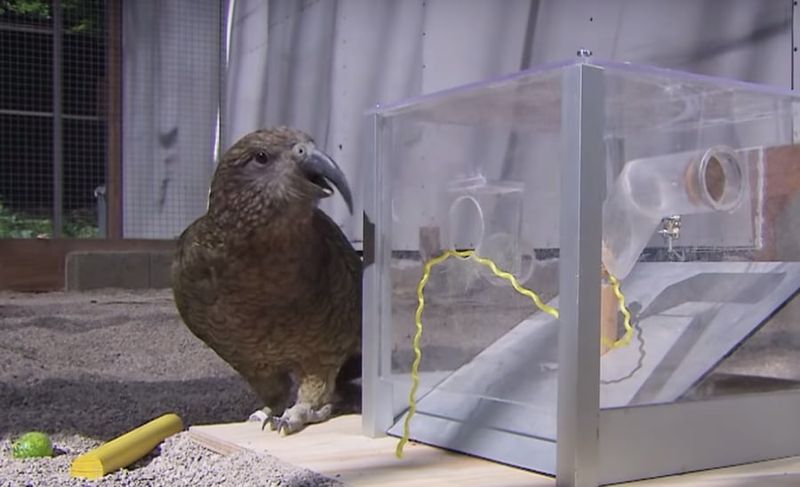
Keas, the playful parrots of New Zealand, are famous for their inquisitive nature. Known to dismantle car wipers and unzip backpacks, they possess a curious intellect.
Their social structure allows them to learn from each other, solving problems collectively. Keas have been observed working through puzzles in groups, showcasing their cooperative spirit.
Did you know? Their playful antics can sometimes lead to mischief, earning them a reputation as the “clowns of the mountains.”
Squirrels
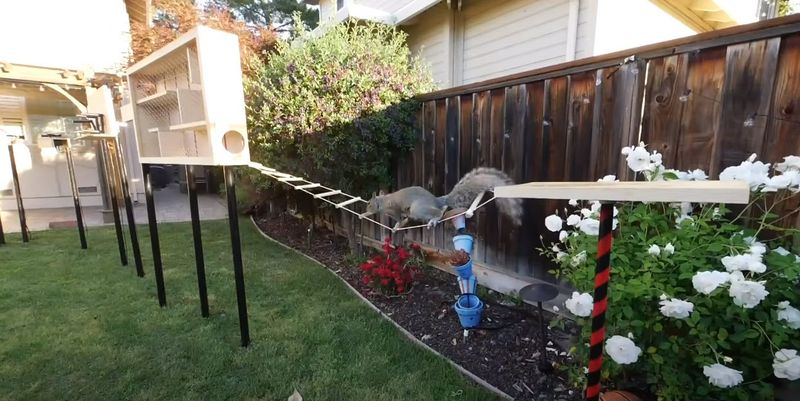
Urban environments witness the acrobatics of squirrels as they conquer obstacle courses for bird feeders. These rodents display remarkable adaptability and agility in their quest for food.
Squirrels demonstrate excellent spatial memory, remembering the locations of hidden food caches for months. This skill plays a vital role in their survival during winter.
Interestingly, squirrels employ deceptive tactics, pretending to bury food to mislead potential thieves, showcasing their cunning and strategic thinking.
Bees
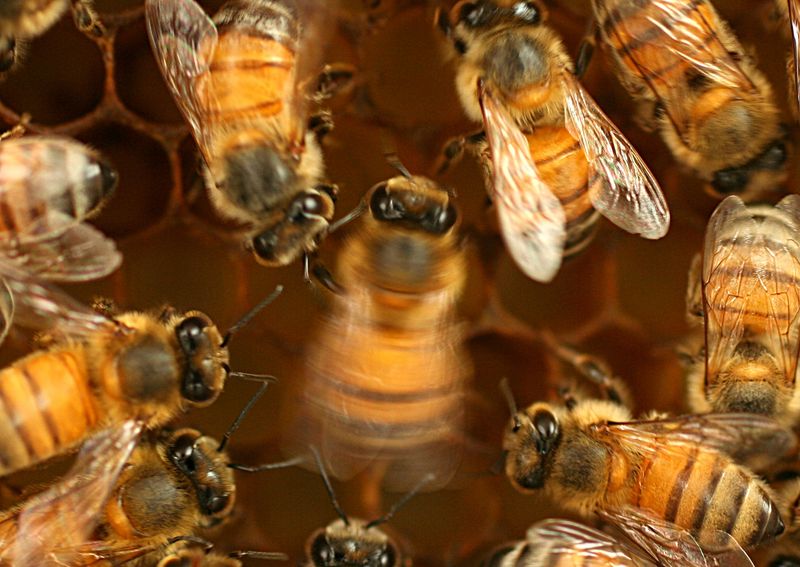
Bees, tiny architects of the natural world, excel at complex problem-solving through collective effort. Their famous “waggle dance” communicates the location of food sources with precision.
In experiments, bees have been observed using tools like leaves to extract nectar, highlighting their ability to adapt and innovate.
Fun fact: Despite their small brains, bees demonstrate impressive cognitive abilities, including counting and understanding basic arithmetic, challenging our perceptions of insect intelligence.
Turkey
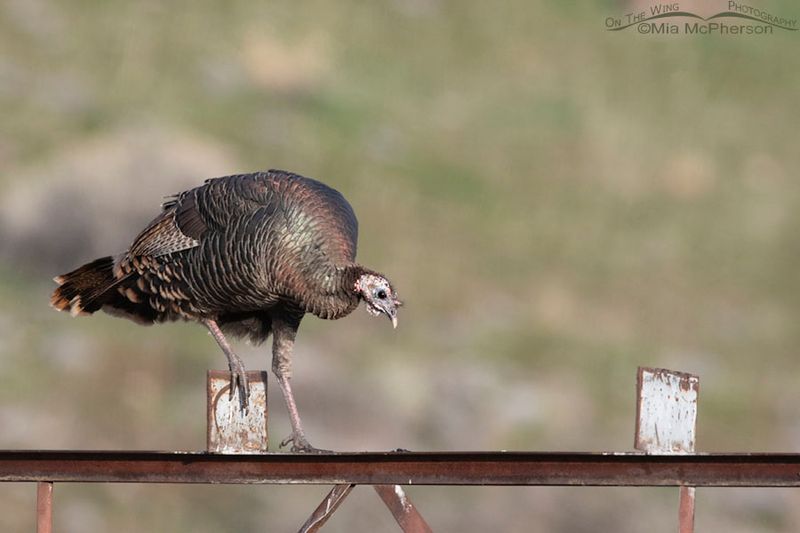
Turkeys, while hearty and robust, often find themselves perplexed by simple obstacles. Their tendency to repeat mistakes, such as walking into fences, has earned them a reputation for lacking problem-solving skills.
Despite their shortcomings, turkeys possess a surprising degree of social intelligence, forming complex social hierarchies within flocks.
Interestingly, wild turkeys can fly at speeds up to 55 mph for short distances, though they rarely exhibit this agility when faced with everyday challenges.
Koala
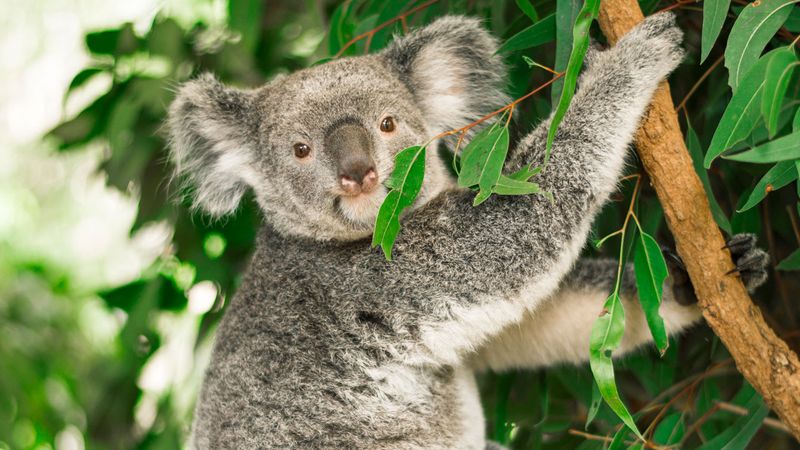
Koalas, the quintessential Australian marsupials, are famous for their laid-back demeanor. They spend most of their time dozing in eucalyptus trees, oblivious to their surroundings.
Their diet of eucalyptus leaves provides limited energy, leading to their lethargic lifestyle. Koalas are not known for impressive problem-solving skills, often relying on instinct rather than innovation.
Despite their sleepy nature, koalas are adored for their gentle appearance and unique adaptations to their environment.
Panda

Pandas, the gentle giants of China’s bamboo forests, are endearing but not particularly adept problem-solvers. Their diet of bamboo is nutritionally poor, requiring them to consume large quantities daily.
Despite being solitary creatures, they lack the cunning of other solitary animals when it comes to overcoming challenges. Pandas are often seen lounging and munching without much concern for their surroundings.
Did you know? Pandas have an extended “pseudo-thumb,” an adaptation that aids in gripping bamboo while eating.
Moose
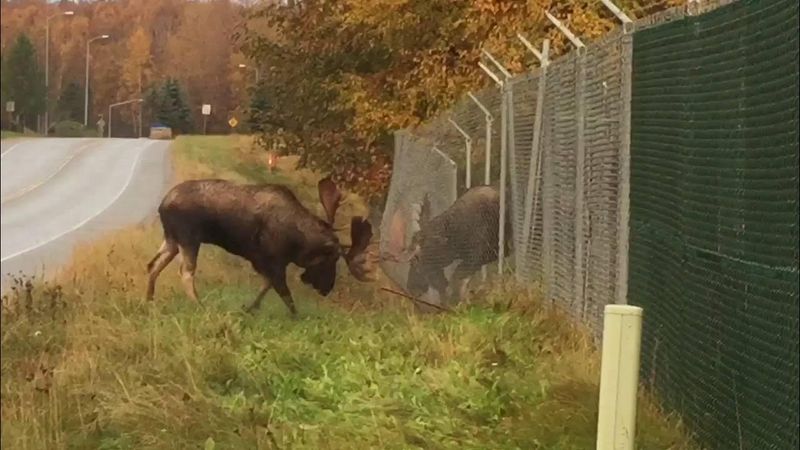
Moose, the majestic inhabitants of North American forests, are more known for their size than their problem-solving prowess. They often appear bewildered in human-altered environments, struggling with simple fences and roads.
These solitary giants rely on their keen sense of smell and hearing rather than quick wit.
Interestingly, during the fall migration, moose can travel over 150 miles in search of food, exhibiting an impressive endurance despite their seemingly clumsy nature.
Dodo
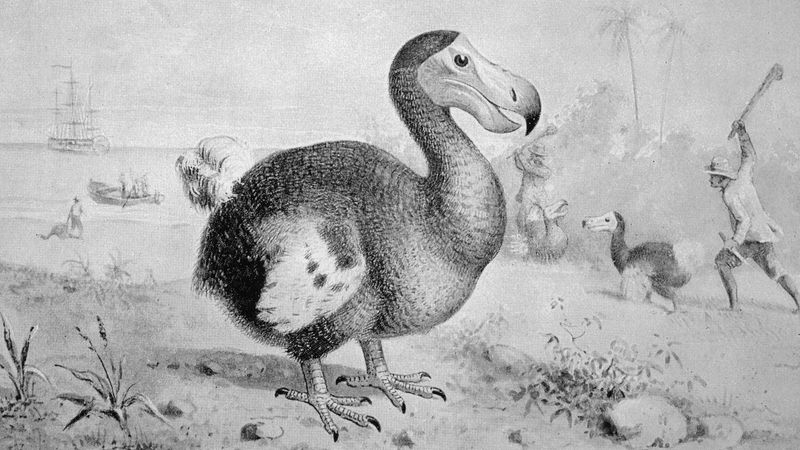
The dodo, an icon of extinction, epitomizes the inability to adapt. Native to Mauritius, these flightless birds were naive and unafraid of humans, leading to their swift demise.
Their lack of natural predators made them ill-equipped for the challenges brought by human colonization. The dodo’s story is a poignant reminder of the impact of human interference on wildlife.
Did you know? The phrase “as dead as a dodo” stems from the bird’s unfortunate fate, symbolizing obsolescence and failure to adapt.
Sloth

Sloths, the slow-moving denizens of rainforests, live life at a leisurely pace. Their sluggish demeanor stems from a low-energy diet of leaves and a slow metabolism.
While adept at hanging and climbing, sloths are not known for problem-solving. Their primary defense is their camouflage and a remarkably slow existence.
Interestingly, sloths descend to the ground only once a week to defecate, showcasing their peculiar and seemingly inefficient routines.
Kakapo
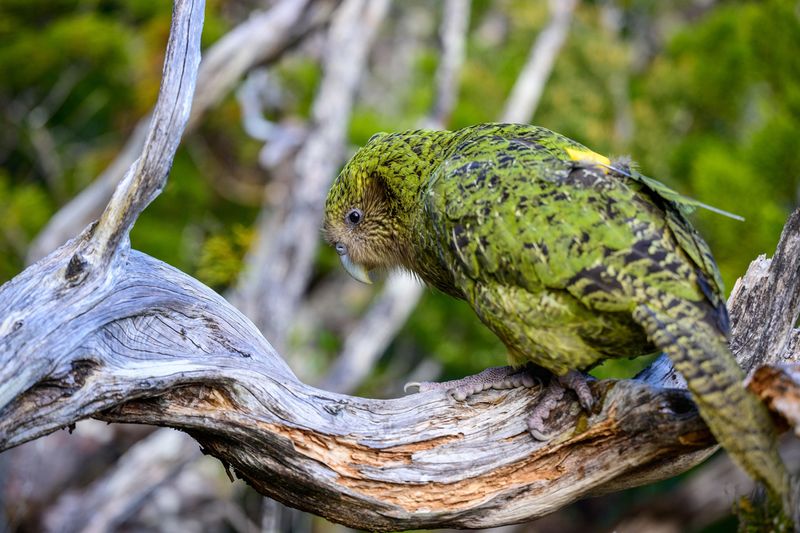
The kakapo, a flightless parrot from New Zealand, faces challenges with adaptation. These nocturnal birds are clumsy on the ground, making them easy prey.
Conservation efforts have helped, but their inability to fly and slow breeding rate compound their survival challenges.
Despite their plight, kakapos are cherished for their quirky personalities and unique courtship displays, which involve “booming” sounds that resonate through the forest.
Lemming
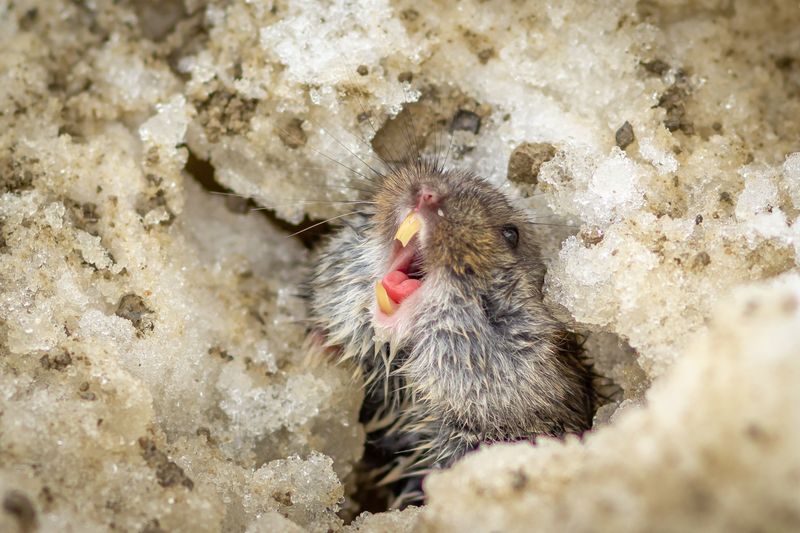
Lemmings, small rodents of the Arctic tundra, are mistakenly famed for mass suicides. This myth originated from their cyclic population booms and subsequent migrations.
Their impulsive behavior during migration leads to mishaps, such as falling off cliffs, reinforcing their reputation for poor decision-making.
Interestingly, lemmings are vital to the Arctic ecosystem, providing sustenance for predators and influencing plant communities.

